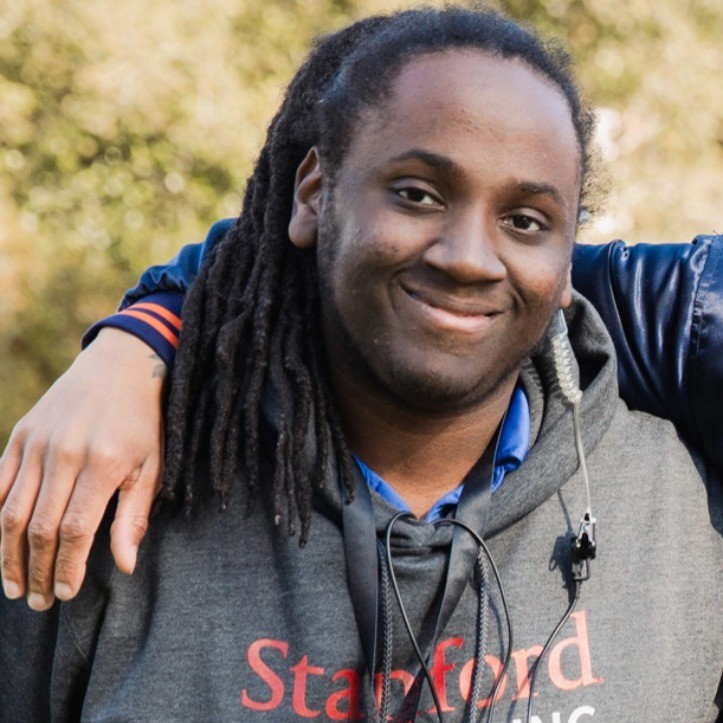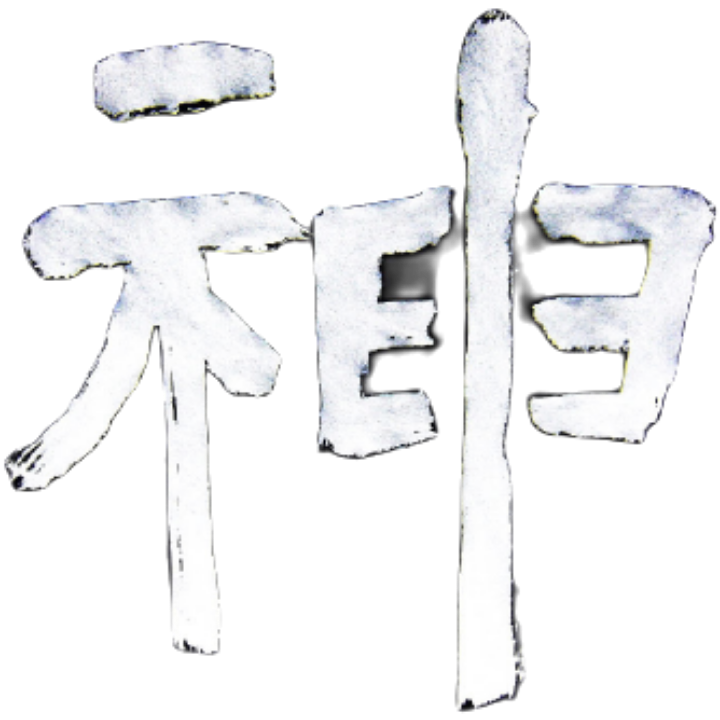
Isaiah Freeman (KingTechnician)
&
Full Stack Development, Machine Learning, Web Development
Sophomore at Virginia State University
Stanford University Innovation Fellow

K
ing
T
echnician

Isaiah Freeman (KingTechnician)
&
Full Stack Development, Machine Learning, Web Development
Sophomore at Virginia State University
Stanford University Innovation Fellow